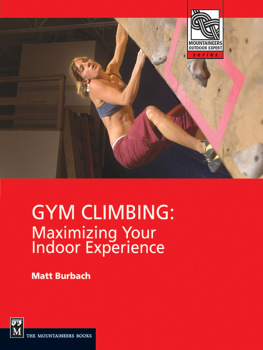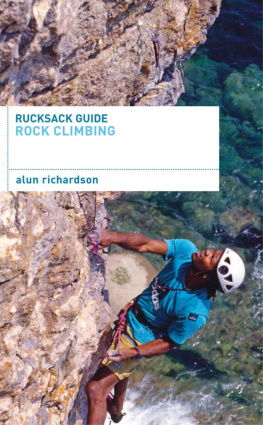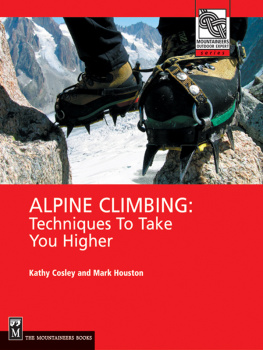About the Authors
Nate Fitch is a faculty member in the renowned Outdoor Education Department at the University of New Hampshire specializing in climbing courses/programming, and is the director of the Gass Climbing Center. He is an AMGA-certified single pitch instructor and apprentice rock guide who is also active in providing AMGA instructor programs in the climbing wall and single pitch disciplines. He lives with his wife and two kids in Durham, New Hampshire.
Ron Funderburke is an AMGA-certified rock guide. He is also a senior guide with Fox Mountain Guides and an AMGA SPI discipline coordinator.
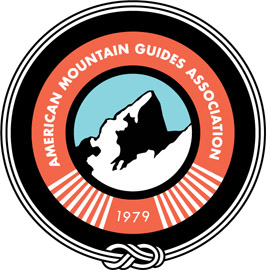
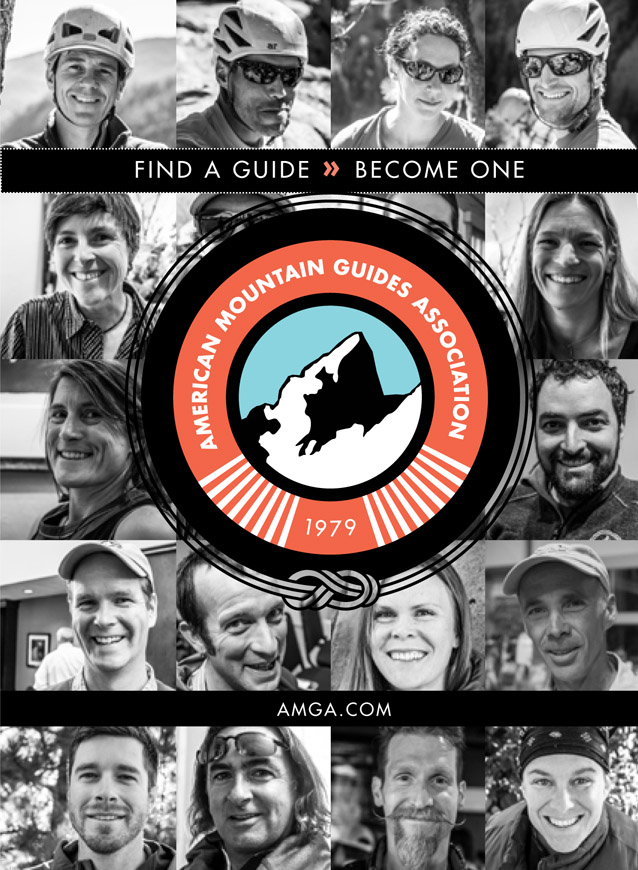
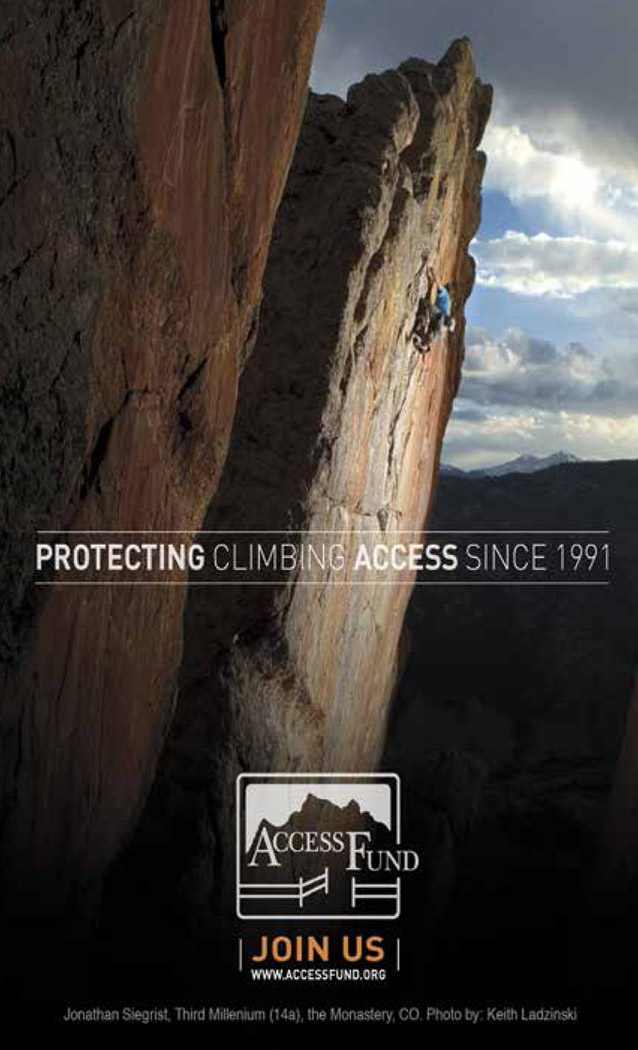
C H A P T E R
Personal Responsibility
F rom the moment climbers enter an indoor climbing gym, their basic human needs have been accounted for. There is shelter from the weather, there is potable water available, snacks and nourishment are almost always offered for purchase, and all other bodily needs usually can be satisfied by a short drive or phone call. Necessary equipment is present for rental or purchase. Instruction is readily available. None of this is true about climbing outdoors. Most of Americas rocks are located significant distances from towns, hospitals, and flushing toilets. They are, to put it simplistically, outside.
All climbers who venture outside, therefore, need a set of outside skills. In other outdoor sports, like hunting and fishing, mountain biking, or whitewater pursuits, these outside skills are an inextricable part of the sport, and there is no indoor equivalent. So, most participants in those sports learn to be competent and diligent outdoorsmen and outdoorswomen before they ever venture into the mountains, hills, woods, water, or wilderness. They know their success depends on it!
However, because climbing does have an indoor equivalent, a place where those outside skills are not necessary, learning to be outside involves its own learning curve. Additionally, there are cultural norms and etiquette to learn, new vocabulary and movement styles, and a host of novel technical skills.
As climbers, we all understand, intrinsically, that no power but our own can accomplish a great climb or overcome a boulder problem. We accept and relish the dearth of easy ways out, and the satisfaction that we feel upon completing a climb. All climbers eventually discover the limitless freedom that results from pursuing new challenges and accomplishing new objectives. In a similar way, there is no power on the planet that can more effectively take responsibility for an individual than an individual. When an individual sets his or her mind to know or do something, he or she will know it and will do it. We want to encourage and support this process.
Such a mind-set is a prerequisite to making a successful transition to outdoor climbing. Participants must be prepared to inventory all that they know and understand, forecast the things that they do not know and do not understand, and set themselves on a path to fill in the gaps. That is what personal responsibility means. Individual climbers must understand and accept that no one is going to rush to their aid, there are no easy ways out, and the fate of their outing, their health and safety, and the sustainability of the entire sport is entirely of their own making.
If a climber is willing accept this level of responsibility, then learning to climb outdoors can be tackled one skill set at a time. It can be a satisfying and a relatively safe endeavor. But, without it, climbers will drag themselves and their respective communities into peril, injury, environmental damage, loss of climbing resources, and more.
Personal Responsibility Self-Assessment
When trying to decide whether a certain trip or activity is appropriate, go through the following climbing self-assessment. You are ready to take personal responsibility if the answer is a definitive and unqualified yes. If the answer is no or sort of or maybe, it is probably a good idea to do more research, take a class, seek a mentor, or hire an instructor certified by the American Mountain Guides Association (AMGA).
Risk Management: Can I list all the risks that are specific to the venue, and do I have a tool or technique to manage all of those risks?
Environment: Do I know what kind of cliff Im going to? Who owns it? Who manages it? Do I already know what climbs I want to do? How do I utilize those climbs?
Sustainability: Do I know how to apply all seven Leave No Trace (LNT) principles to this location?
Movement: Do I know the rock type and the most common moves at this location? Have I ever done those kinds of moves before on that kind of rock?
Culture: Can I name a few other kinds of climbers who I will likely see and meet there?
Equipment: When I get there, will I have more or less equipment than everyone else? Or will my kit be pretty much the same as everyone elses?
Belaying: How do people belay at this location? Have I ever done that before?
Rappelling: Do I need to rappel at this location? Have I ever done that before?
Anchors: What are the anchor setups for the climbs I want to do? Have I ever built anchors like that before?
Emergencies: If there is an accident, do I know what to do?
C H A P T E R
Cliff Sustainability and Responsible Use
O ne of the first things a climber will need to appreciate about an outdoor environment is that climbers can have a measurable and destructive impact on the natural environment if they do not behave thoughtfully, conscientiously, and skillfully. Most noticeably, climbers have an opportunity to behave in a manner that sustains the resource not only for their own use but also for future generations. There are a few dominant themes as to the impact climbers can have on the natural environment and a corresponding set of best practices. They all start with being prepared in advance and researching the venue. It is important to be familiar with various rules, complexities, and issues before an outing. There are numerous sources for this research: a mentor, a climbing professional who works in the area or at the site, a guidebook (print or online), a ranger or land manager.

In this chapter, we will explore the impact climbers have on terrain features like the rock itself, ground soil and other surfaces, and the air. We will discuss the impact climbers have on flora and fauna. And, lastly, we will discuss the overall impact climbers have on natural aesthetics. In each impact category, we will also discuss techniques and strategies for mitigating, eliminating, or minimizing those impacts.
The member-driven Leave No Trace (LNT) Center for Outdoor Ethics teaches people how to enjoy the outdoors responsibly. The group has identified seven principles to help people make good choices for the environment and sustainability:
1. Plan ahead and prepare.
2. Travel and camp on durable surfaces.
3. Dispose of waste properly.
4. Leave what you find.
5. Minimize campfire impacts.
6. Respect wildlife.
7. Be considerate of other visitors.
This copyrighted information has been reprinted with permission from the Leave No Trace Center for Outdoor Ethics (LNT.org).


